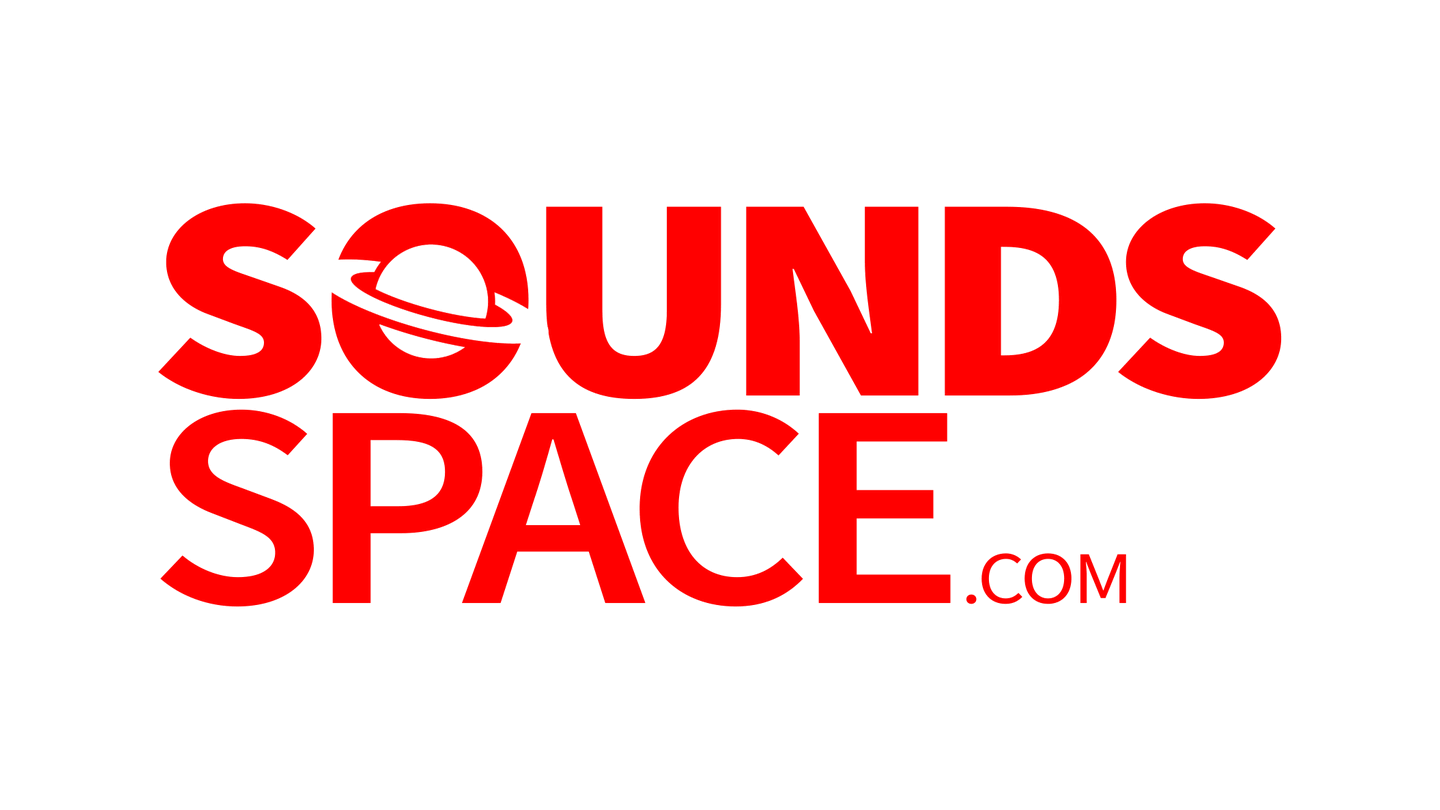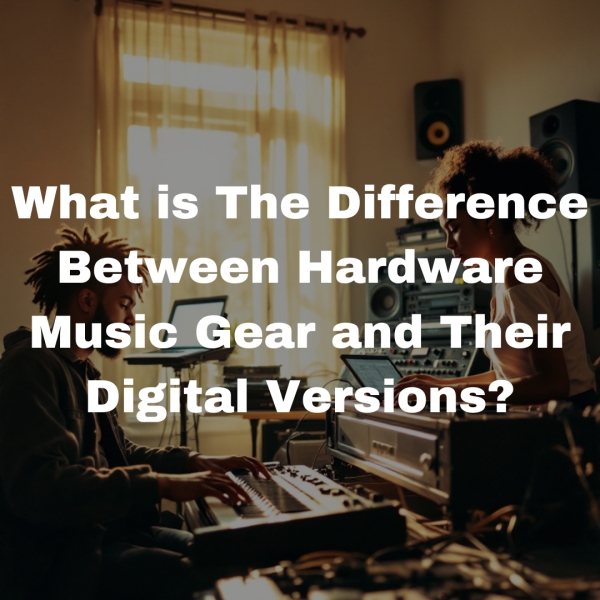The difference between hardware music gear and their digital versions (software or virtual instruments) lies in their form, functionality, sound quality, and how they are used in music production. Here's a breakdown:
1. Physical vs. Digital Format
- Hardware Gear: Physical equipment such as synthesizers, drum machines, samplers, and effects processors.
- Example: Analog synthesizers like the Moog Sub 37 or the Roland TR-808 drum machine.
- Digital Versions: Software emulations or virtual instruments that replicate the functionality and sound of hardware gear inside a digital audio workstation (DAW).
- Example: VST plugins like Arturia’s software synths, or Native Instruments Maschine software.
2. Sound Quality and Characteristics
- Hardware: Often prized for its analog warmth or unique character. Hardware has distinct sound qualities because of real-world circuitry (especially analog hardware), which can produce slight variations, saturation, and imperfections that many musicians find appealing.
- Analog synthesizers, for example, generate continuous signals that can result in a richer, more organic sound.
- Digital: Software instruments often attempt to emulate hardware, but the sound is processed digitally. While they can get very close to the hardware (especially with advanced algorithms), some musicians argue that they lack the same warmth, depth, or character.
- Digital instruments also tend to be more **accurate and consistent**, which can be either a benefit or a drawback depending on the creative goal.
3. Cost
- Hardware: Tends to be more expensive because you are purchasing a physical object that includes manufacturing costs and parts. High-end analog gear can be particularly costly.
- Digital: Typically cheaper, as it’s only a piece of software. There are also free or low-cost virtual instruments that can be very capable.
4. Portability and Space
- Hardware: Requires physical space and can be cumbersome to move, especially with large racks or modular systems.
- Digital: Only requires a computer and can be easily transported in the form of software or a laptop. Perfect for mobile setups.
5. Workflow and Tactile Interaction
- Hardware: Offers hands-on control with knobs, sliders, and buttons, which some musicians prefer for creative expression. The tactile experience can lead to a different kind of musical engagement compared to using a mouse and keyboard.
- Digital: Primarily controlled via a mouse, MIDI controller, or touch screen, which can be less tactile. Some musicians prefer this precision and ease of automation but may miss the hands-on interaction of hardware.
6. Maintenance and Longevity
- Hardware: Requires maintenance over time, especially with analog gear (e.g., replacing parts, recalibration). However, well-built hardware can last for decades.
- Digital: Software does not have wear and tear but relies on system compatibility (updates, operating systems). Older software can become obsolete if it’s no longer supported by newer systems.
7. Flexibility and Modularity
- Hardware: Less flexible in terms of expansion and updates. You’re often limited to the features and sound design options the hardware provides.
- Digital: More flexible and modular. With a DAW, you can add countless plugins, update software, and customize your environment extensively.
8. Latency and Performance
- Hardware: Generally has zero or minimal latency, since it's a direct physical instrument with no need for complex processing.
- Digital: This can introduce latency depending on the computer’s performance and the complexity of the software, though modern systems can minimize this effectively.
9. Integration in a Studio Setup
- Hardware: Can be integrated into both analog and digital studios, often requiring audio interfaces, MIDI connections, and cables.
- Digital: Runs entirely within the digital environment, making it easier to automate, route, and control within a DAW without the need for physical connections.
10. Creativity and Workflow Preference
- Some artists prefer the hands-on creativity of hardware, finding inspiration in the physicality of knobs and dials.
- Others enjoy the speed, convenience, and flexibility of digital versions, where presets can be saved instantly, and entire studio setups can be recalled with a click.
In Practice:
- Many producers and musicians use **a combination of both**: they may have a few choice pieces of hardware for their favorite sounds and workflow, alongside digital software that provides convenience and a wide variety of sounds and effects.
For artists like **The Dream X**, blending both hardware and digital gear could allow for a unique sonic palette while maintaining creative flexibility.



